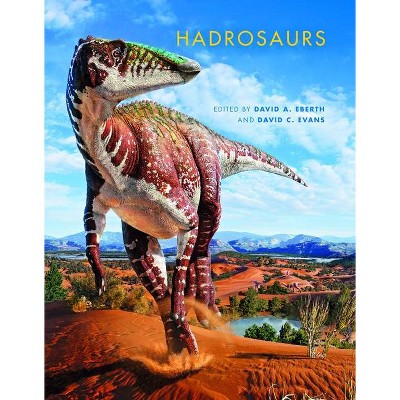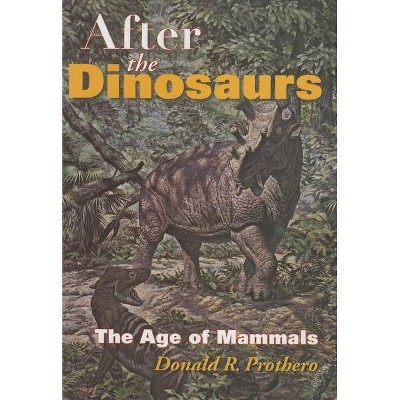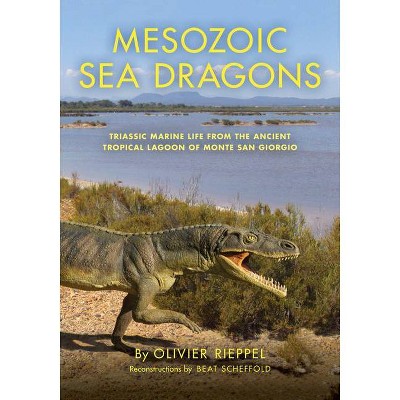Fossil Salamanders of North America - (Life of the Past) by J Alan Holman (Hardcover)

Similar Products
Products of same category from the store
AllProduct info
<p/><br></br><p><b> About the Book </b></p></br></br>The book concludes with a discussion of the study of fossil salamanders as it relates to the development of a realistic phylogeny and classification of the group.<p/><br></br><p><b> Book Synopsis </b></p></br></br><p>Call them mudpuppies, hellbenders, or mud eels, salamanders are puzzling animals to most people. They come in forms that look like flattened fish with legs, like eels, like slimy lizards, or like lizards with toad-like skins. Their life history imitates the ancient evolutionary transition from aquatic to terrestrial vertebrates, though several groups remain permanently aquatic. Until now, no one has written about their ancient ancestors. Holman details the process of the identification and interpretation of the fossils. He presents a detailed systematic account of the known fossil salamanders of North America, illustrates and discusses the extinct salamanders, re-diagnosing or redescribing some on the basis of additional information and fossil material. He also gives the modern characteristics, ecological attributes, and modern ranges of the fossil taxa that are still living. The book begins with an overview of the Caudata and describes their early evolution. Then follow the systematic and chronological accounts of the salamanders. The book concludes with a discussion of the study of fossil salamanders as it relates to the development of a realistic phylogeny and classification of the group.</p><p/><br></br><p><b> About the Author </b></p></br></br><p>J. Alan Holman (1931-2006) was Professor and Curator Emeritus of Vertebrate Paleontology at Michigan State University. He wrote seven books, including <i>Fossil Snakes of North America</i> (IUP, 2000) and <i>Fossil Frogs and Toads of North America</i> (IUP, 2003).</p>
Price History
Price Archive shows prices from various stores, lets you see history and find the cheapest. There is no actual sale on the website. For all support, inquiry and suggestion messages communication@pricearchive.us




















